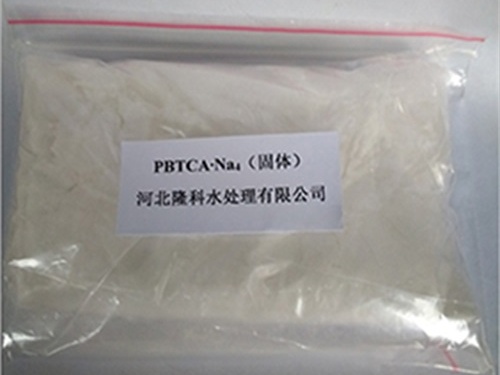Synthesis and Applications of Multifunctional Polycarboxylic Compounds in Modern Chemistry
Understanding Polycarboxylic Compounds A Multifaceted Perspective
Polycarboxylic compounds are a group of organic molecules characterized by the presence of multiple carboxyl (-COOH) functional groups. These compounds play a significant role in various fields, including chemistry, agriculture, materials science, and pharmacology, owing to their versatile properties and applications. This article delves into the structure, properties, and applications of polycarboxylic compounds, showcasing their importance in both industrial and scientific contexts.
The fundamental structure of polycarboxylic compounds consists of a carbon backbone to which more than one carboxyl group is attached. Common examples include citric acid, oxalic acid, and glutaric acid. Each of these compounds exhibits unique characteristics dictated by the number and arrangement of carboxyl groups, which can lead to differing physical and chemical properties. For instance, citric acid, found abundantly in citrus fruits, is a tri-carboxylic acid that contributes to the sour taste and acts as an important biological metabolite in the citric acid cycle (Krebs cycle), crucial for cellular respiration.
The presence of multiple carboxyl groups allows these compounds to form complex chemical structures and participate in various chemical reactions. Polycarboxylic acids can engage in acid-base reactions, the formation of esters, and even polymerization processes. This versatility is what makes them valuable in synthetic chemistry and material science. For instance, the polymerization of polycarboxylic acids can lead to the creation of biopolymers and biodegradable plastics, contributing to sustainable material solutions.
One of the most interesting aspects of polycarboxylic compounds is their ability to act as chelating agents. This property stems from their multiple carboxyl groups, which can bind to metal ions, forming stable complexes. This chelation ability is utilized in various applications, such as in agriculture, where polycarboxylic acids are used to enhance nutrient availability in soils by improving metal ion solubility. Similarly, in medicine, these compounds play a role in drug formulation by enhancing the bioavailability of certain metal-based drugs.
polycarboxylic

In the realm of pharmaceuticals, polycarboxylic compounds are significant for their role in drug delivery systems. Their multiple carboxyl groups allow for the attachment of drugs and targeting molecules, facilitating controlled release and improved efficacy. Additionally, polycarboxylic acids are often used in the formulation of gels and emulsions, which are critical in delivering therapeutic agents effectively.
Another noteworthy application of polycarboxylic compounds lies in the realm of water treatment. They are employed as dispersants and flocculants, helping in the removal of contaminants from wastewater. Their ability to modify the surface properties of particles aids in the agglomeration and settling of solid particles, thereby improving the efficiency of water treatment processes.
Moreover, polycarboxylic compounds are gaining traction in the development of eco-friendly materials. With the increasing emphasis on sustainability, the exploration of bio-based polycarboxylic acids as alternatives to petroleum-derived products is on the rise. These compounds can be synthesized from renewable resources, such as carbohydrates, making them an attractive option for replacing conventional plastics and other synthetic materials.
Despite their myriad applications, polycarboxylic compounds are not without challenges. Their stability under various environmental conditions, potential toxicity, and interaction with other chemical species can complicate their use. Researchers are actively investigating these issues to optimize their performance and ensure their safety in various applications.
In conclusion, polycarboxylic compounds are integral to a wide range of scientific and industrial fields. Their unique structural features and versatile properties enable them to participate in numerous chemical processes, making them invaluable in agriculture, pharmaceuticals, material science, and environmental management. As our understanding of these compounds continues to expand, their applications are likely to grow, potentially paving the way for innovative solutions to some of the pressing challenges faced in the modern world. Future research and development in this area hold the promise of unlocking even greater potential for polycarboxylic compounds, reaffirming their position as a significant focus in both academia and industry.
-
Water Treatment with Flocculant Water TreatmentNewsJun.12,2025
-
Polymaleic AnhydrideNewsJun.12,2025
-
Polyaspartic AcidNewsJun.12,2025
-
Enhance Industrial Processes with IsothiazolinonesNewsJun.12,2025
-
Enhance Industrial Processes with PBTCA SolutionsNewsJun.12,2025
-
Dodecyldimethylbenzylammonium Chloride SolutionsNewsJun.12,2025





